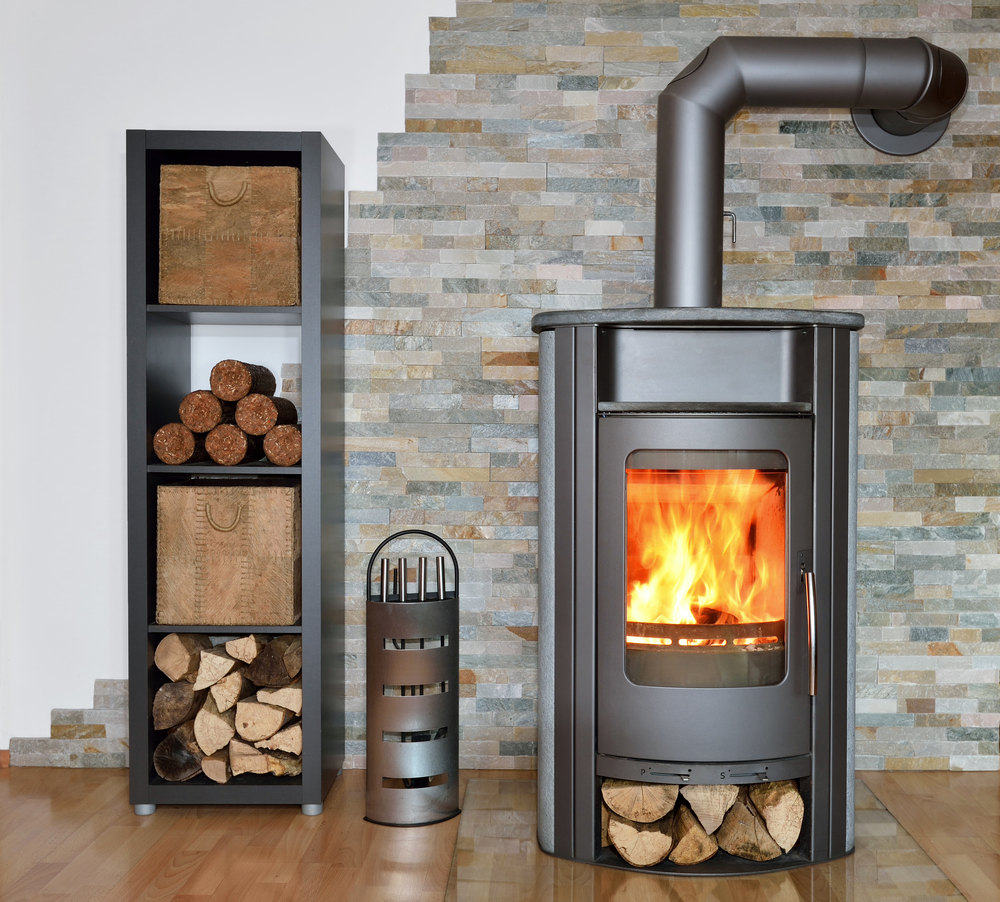Wood burning and multi-fuel stoves are becoming increasingly popular for millions of home owners across the country. After all, who wouldn’t want to snuggle up in front of a fire in the evening? However cozy this image is though, wood burning and multi- fuel stoves are not just visually attractive home additions. They are also incredibly practical too. And using a stove could help to reduce your carbon footprint, and reduce your reliance on fossil fuels. But is wood burning better for the environment? Here at JMS Stoves, we are leading stove experts. As a result, we have produced this guide exploring the environmental aspects of burning wood.
Is wood burning better for the environment?
Wood burning has several direct and indirect environmental advantages, including:
- Wood is renewable- burning wood is better for the environment than relying on coal, or gas. This is because wood is a renewable energy source, which unlike fossil fuels will not run out, as long as it is sourced sustainably. This is an important point if you are environmentally focused, as you should only buy wood for burning that has been sustainably sourced.
- Wood is carbon neutral- the amount of carbon dioxide released when wood burns, is equal to the amount of carbon dioxide that the tree took in while alive. As a result, burning wood is carbon neutral.
However, wood burning is not all positive.
The disadvantages of wood burning
The most significant down side to burning wood is the amount of particles the wood fire produces. These are damaging the quality of the air in our towns and cities. Modern appliances over the last five years have been designed and built to be eco-friendly, and so these produce less pollution that older models that are not as efficient. This means if you have currently have an older wood stove, it could be a great idea t upgrade. Alternatively, fitting a particle filter can seriously help to filter out the particles and keep the air cleaner, by up to 92%. However, this is a more expensive option.
Biomass or wood pellets
Wood pellets can be an even more environmentally friendly option, that can be burnt on your multi-fuel stove. These are made from compressed sawdust that would otherwise be going to landfill sites. Because these are compressed, they hold hardly any moisture at all, which means that they burn cleaner, producing less particles.
Ultimately, a wood-burning or multi-fuel stove could put you on the path to a greener future. Choose a stove with an eco-friendly design, or install a filter, to heat your home with no negative environmental impacts at all. Get in touch with the professionals today, here at JMS Stoves.

